Getting noticed is tough these days. Every day, people scroll past ads, skip videos, and ignore emails. With so many brands out there, it’s easy to get lost in the crowd.
It's not just about being seen — it's about being recognized by your audience. Brand recognition is a key part of effective brand exposure, helping consumers quickly identify and remember your brand among competitors.
But with the right strategy, your brand can stand out. The importance of brand exposure lies in building recognition and trust, which are essential for long-term success. Whether you’re working online or in person, you can build awareness, trust, and loyalty. This guide will show you simple, proven ways to help more people see, remember, and talk about your brand.
Key Takeaways
Want to get your brand noticed? Here are simple ways to boost your exposure both online and offline.
1.
Create content that people can find: write helpful blog posts and guides using keywords people search for.2.
Share your story on social media: show your brand’s personality through consistent and engaging posts.3.
Work with the right influencers: partner with trusted voices who align with your brand to reach new audiences.4.
Use email to stay in touch: send personalized updates and offers directly to your audience’s inbox.5.
Start an online community: build spaces where fans can connect, ask questions, and share ideas.6.
Go to events and meet people: connect face-to-face at local events or trade shows to leave a strong impression.7.
Use print to stand out: send out well-designed flyers or postcards to cut through digital noise.8.
Give away useful free items: offer branded freebies people will use and share.9.
Team up with local partners: collaborate with nearby businesses or causes to boost reach and goodwill.10.
Make it easy to share: use referral programs and shareable content to turn happy customers into promoters.
Each method helps grow awareness, build trust, and keep your brand top of mind.
Know Your Brand First
Before you start promoting anything, make sure you understand your brand inside and out. This means knowing what your business stands for, what makes you different, and who you want to reach. Understanding your brand at this level helps you differentiate from competitors and establish a unique presence in the market.
Are you fun and casual? Are you professional and bold? Do you care about sustainability, community, or innovation? Your voice and values should guide every message you share.
For example, if your brand is eco-friendly, you should show that in your products, packaging, and promotions. When your messaging is clear and consistent, it helps your brand stand out, be remembered, and build trust with your audience.
1. Create Content That People Can Find
Web users always hunt for quick fixes, fresh ideas, or the next gadget they can swipe up on. You nearly win the trust lottery if your articles, clips, or step-by-step guides pop up in those frantic searches.
Think blog posts, tutorial videos, or even a no-frills how-to sheet. Make sure you provide valuable content that addresses your audience's needs and helps establish your authority in your field.
Keyphrase tools like Google Keyword Planner and Ubersuggest can help you spot the words real folks type. Slip those phrases into your sentences where they fit. Forcing them in feels awkward and turns readers off.
SEO Strategy
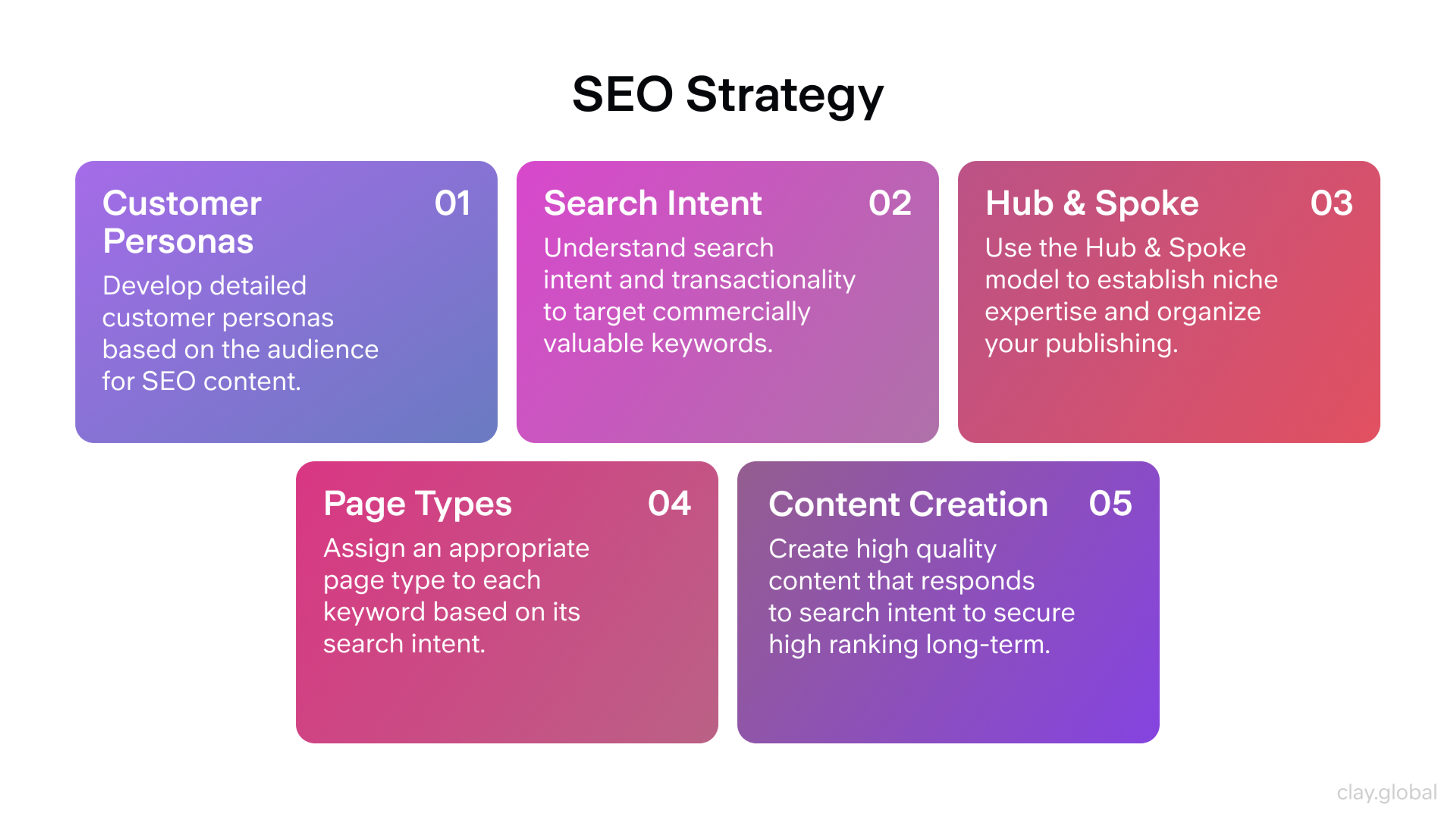
Clarity matters, so ditch jargon and write at a natural talking pace. Update older pieces and add new ones regularly. A living site pulls visitors on autopilot and usually beats the ad budget cold.
2. Share Your Story on Social Media
Customers aren’t robots. They enjoy a face, a backstory, and maybe even a quick LOL while scrolling. Platforms like Instagram, Twitter (now X), or TikTok let you swap slick product shots for behind-the-scenes blunders or a two-minute founder rant.
Creating engaging social media posts on these platforms is key to boosting your brand's visibility. That personal touch can turn casual browsers into loyal buyers who brag about you to friends.
Regardless of your chosen avenue, pump the same voice and colors through the feed. Maintaining consistency across various channels reinforces your brand identity and strengthens your presence.
When someone flips from post to grid to story, you want them to feel like they wandered through the same shopfront. Reply to DMs, roast a polite troll and drop a thanks note. Those tiny chats twist a casual eyeball into a loyal fan.
Ways to Increase Engagement on Your Social Media Posts
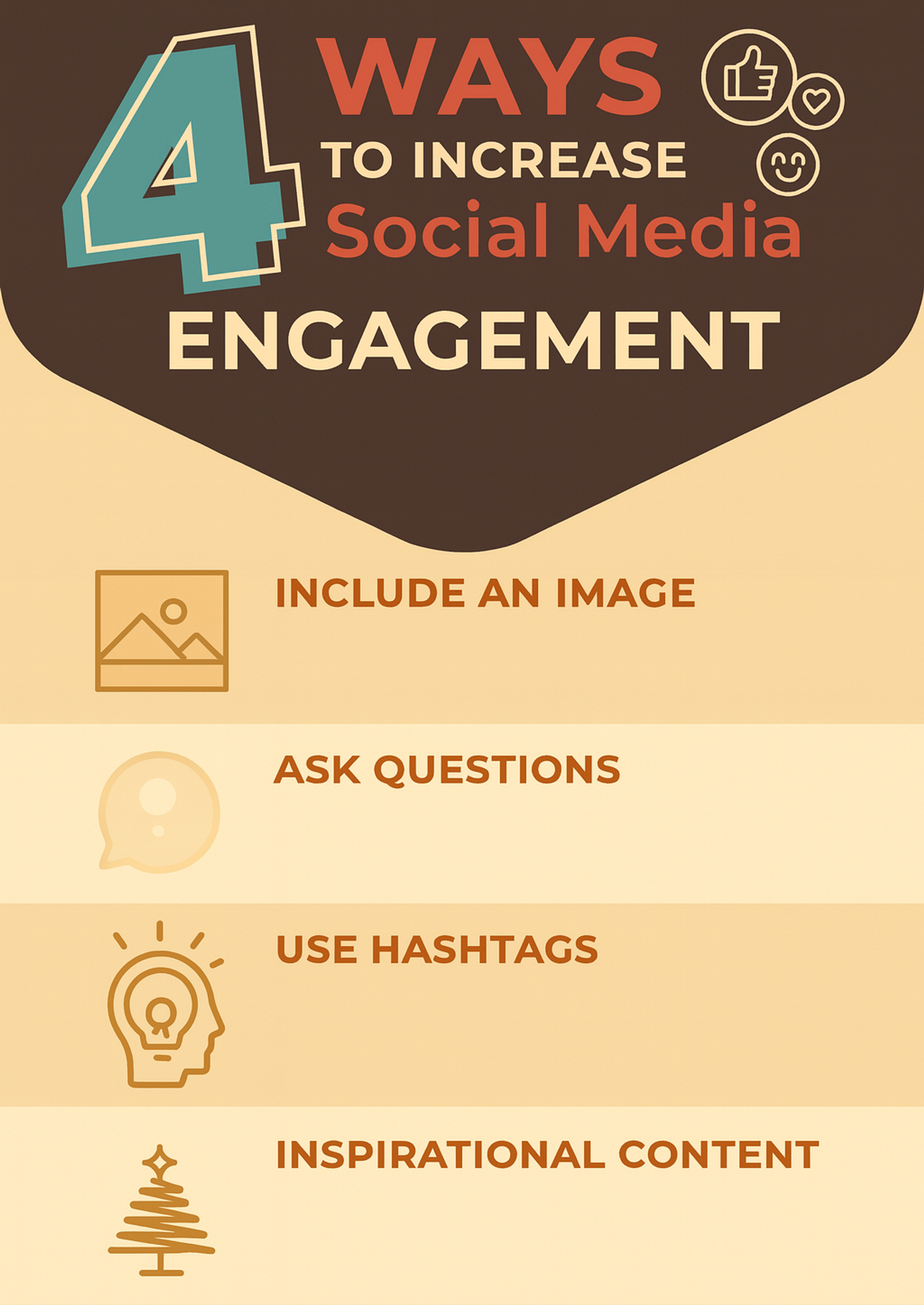
3. Work With the Right Influencers
A voice you trust can sell anything to a salad shooter once it sounds like a buddy talking, not a marching band ad. That magic is why brands use influencer marketing as a strategy — collaborating with the right influencer to reach new audiences.
Famous names glitter but also devour budgets and often leave you with a one-night stand instead of a partner. Scout micro-influencers who hype the exact causes your team bleeds for, whether they sit at 15,000-50,000 followers. Working with influencers can significantly enhance your brand exposure and help you reach a wider audience.
Please give them the product, hide the script, and let honesty run its course. Micro-influencers often have highly engaged audiences that are more likely to trust their recommendations. Toss in an exclusive link or code to check who dragged the most wallet lifts back to your site. If the fit is right, you wake up to new eyes, fresh trust, and a zero headline hangover.
Man on a Blue Background

4. Use Email to Stay in Touch
Most people check their inbox way more often than they visit your homepage. Email marketing is an essential tool for maintaining customer relationships and driving engagement, as it allows you to drop news, discounts, or handy tips right where your audience already hangs out.
Begin by collecting addresses from shoppers or visitors who are willing to share. Group those names into buckets like brand-new buyers, loyal fans, or newsletter-only opt-ins so the message fits the audience.
Mailchimp, Klaviyo, and HubSpot let you set up automatic flows without writing code. With one click, you can send a friendly welcome series or poke gentle prods at anyone who abandons a cart full of gear.
Short, warm, and to the point works best. A casual tone that feels like a one-on-one chat gets more open and makes readers eager for the following note.
Email Marketing
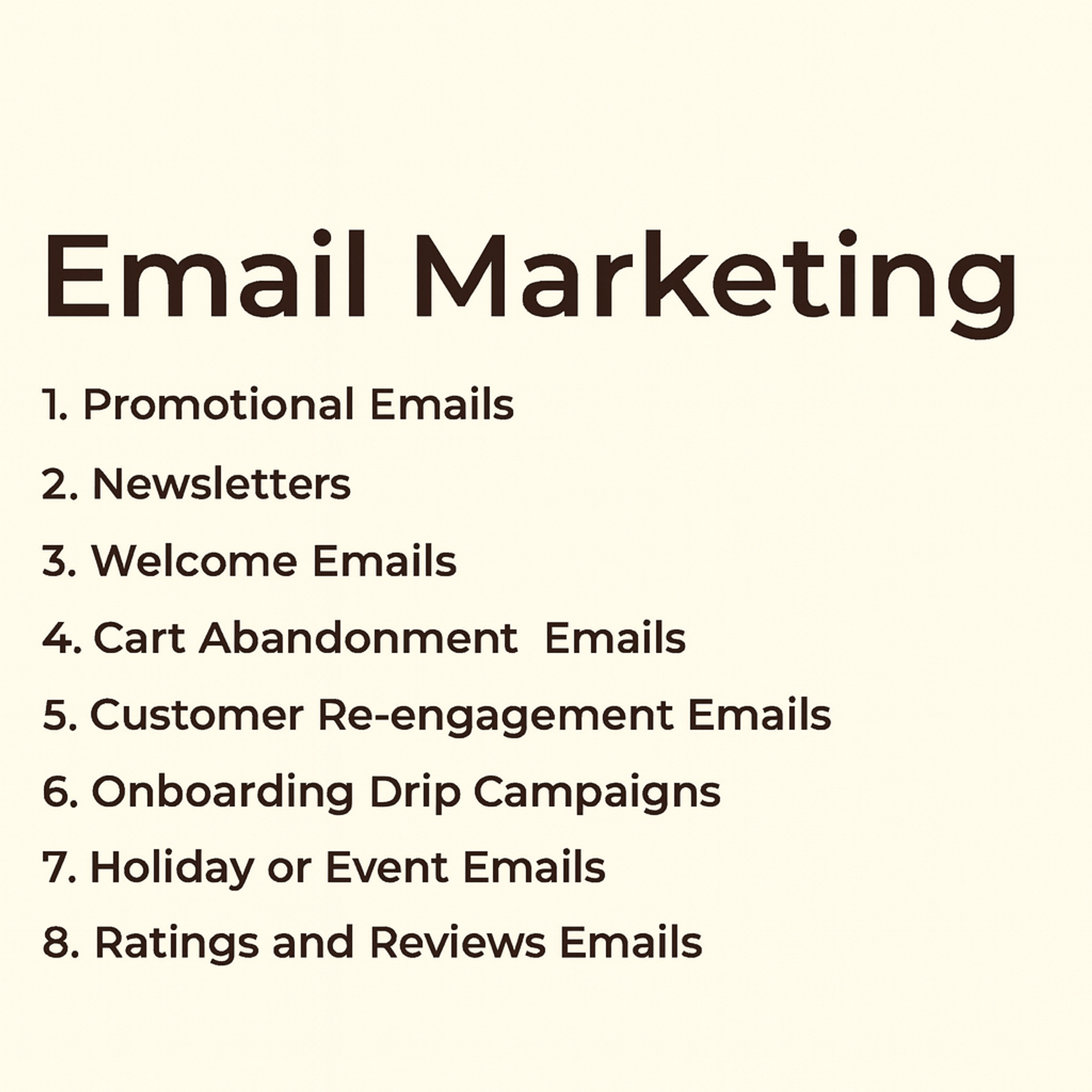
5. Start an Online Community
A community is more than just a chat room. It feels like your neighborhood on the Internet. Members swap ideas, get quick answers, and leave with a sense of belonging. Online communities are essential for developing strong relationships with your audience, helping to build trust and engagement over time.
You could create a private Facebook group, set up a lively Discord server, or even run a classic bulletin board forum. Pick a space where your brand lives — whether fitness hacks, sketching tips, video-game strategy, or small-business advice — and watch the meet-up magic happen.
Once the doors open, ask new members questions that nudge them to speak up. Who is their favorite artist? What workout playlist never lets them down? Little prompts spark bigger conversations.
Be visible. Jump in when someone is stuck, thank them for sharing, and share sneak peeks of upcoming content. Those small gestures build goodwill.
After a while, the group starts answering each other’s questions, and your brand’s weight grows. Casual shoppers become loyal fans who spread the word without even being asked. A supportive community leaves a lasting impression, developing brand loyalty that sets you apart from competitors.
6. Go to Events and Meet People
In-person meet-ups still pack a punch that Zoom can’t match. When two people shake hands, the trust-o-meter sometimes jumps off the scale. Attending events in your industry is a great way to connect with industry experts, opening doors to collaborations and content creation that can boost your credibility.
Hunt down trade shows, neighborhood block parties, or school science fairs where your target crowd hangs out. Set up a colorful booth, hand out tiny samples, and offer a live demo that feels more fun than work. A warm smile and a quick chat are the secret sauce for making yourself memorable.
Stock up on business cards, sticky-branded flyers, or even a quirky fridge magnet. Jot down visitors’ emails or snap their info into your phone, then follow up the next morning with a cheerful thank-you note or, better yet, a mini discount code.
The Social Way to Meet New People
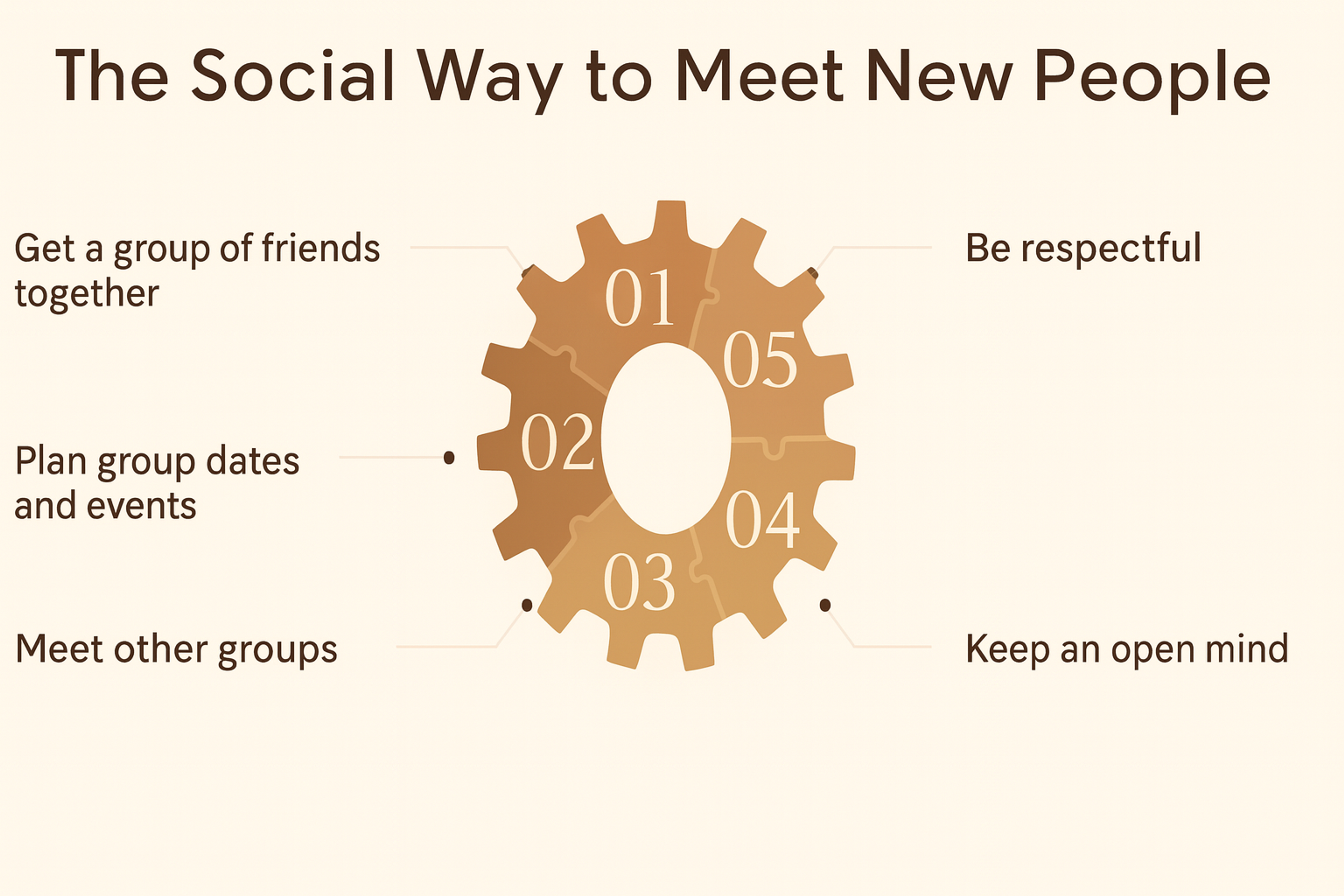
People love brands that say Thanks and keep that friendly vibe long after the confetti settles. Participating in events within your industry is also a powerful way of building brand awareness and establishing authority among your target audience.
7. Use Print to Stand Out
While everyone else is blasting inboxes, a sharp flyer or a glossy postcard can feel like a handwritten note from a friend. At certain times of the year, paper options cut through the digital roar like a siren through morning traffic. When your message lives on a countertop or a fridge door, it sticks around longer than a 10-second story.
Keep the design uncluttered so the eye knows precisely where to land, then drop in a QR code or short URL for anyone itching to learn more. Use print materials to highlight your key services as well as products — this increases awareness and shows the full value your brand offers.
The thoughtful print feels personal. Spammy print lands in the recycling bin before you finish your coffee. Choose your words and colors wisely, and watch the response curve surprise you.
QR
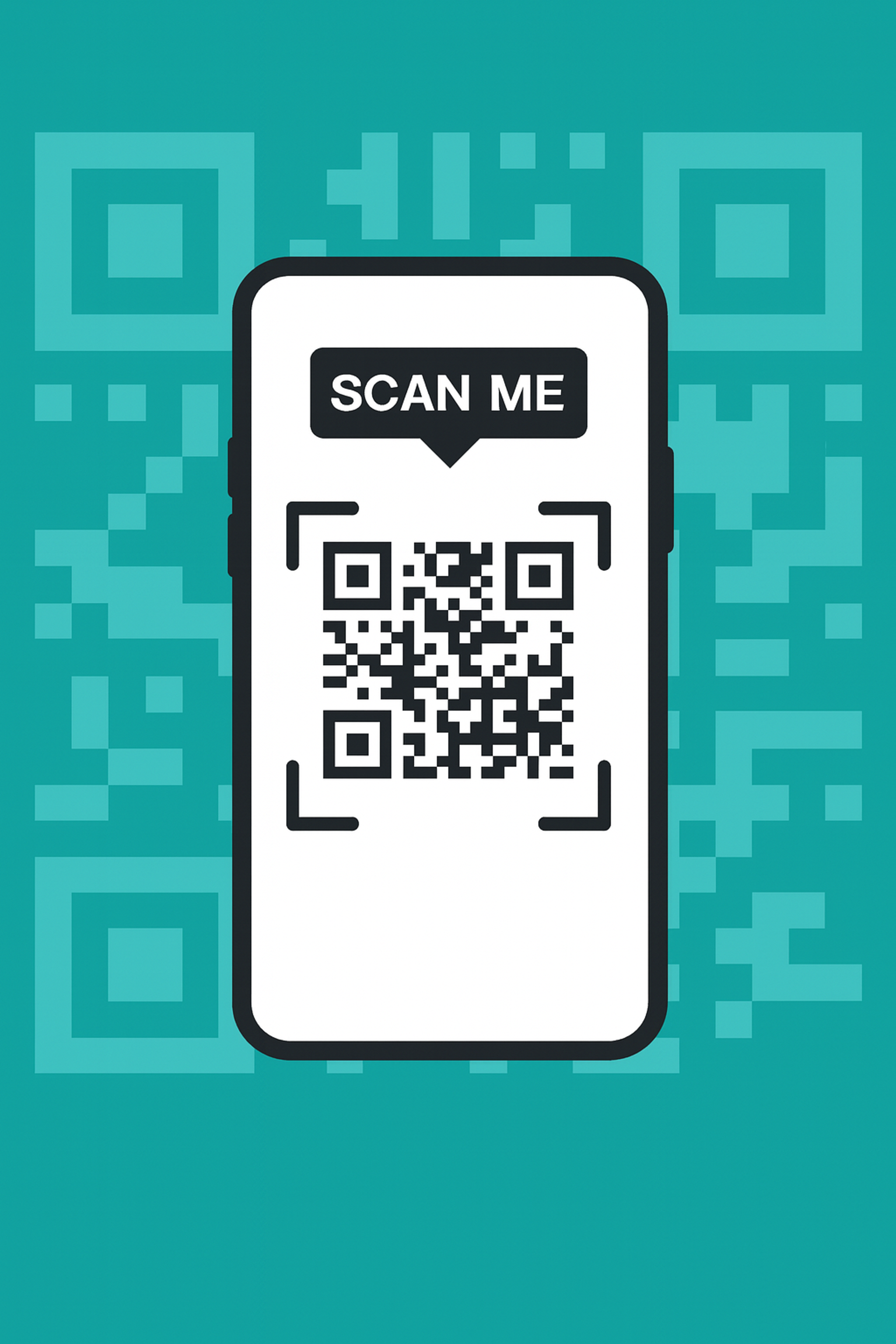
8. Give Away Useful Free Items
Who doesn’t love something for nothing? The trick is making sure the freebie is something people will grab and use. Pocket-sized notebooks, solid water bottles, sturdy keychains, or foldable reusable bags fit the bill.
Of course, put your logo on the item, but treat it like a designer label. A simple, stylish imprint lets the gear blend into everyday life, meaning shoppers carry your brand without thinking about it.
You can pass out the merch at trade shows, tuck it into contest prizes, or toss extras into online orders. Every photo a customer posts is user generated content that boosts your brand exposure, turning into a tiny billboard for your company.
9. Team Up With Local Partners
Neighborhood shops can swap traffic and good vibes without stepping on each other’s toes. For instance, partnering with other small businesses in your local community — like a cozy coffee hut and a quiet bookstore — lets you reach avid readers while selling totally different products.
Bundles are easy to create. A discount coupon on a coffee bag that works at the bookstore or a bookmark that grants a drink deal is a win for both counters. Social feeds filled with cross-promotion keep the buzz rolling.
Schools, little-league teams, or a charity bake sale make other excellent partners. Sponsoring a charity fun run, even in a small way, tells residents your brand cares about more than just the register.
When businesses support their local community, they often see increased loyalty and exposure. When you help the neighborhood win, the neighborhood usually returns the favor.
10. Make It Easy to Share
Happy customers can sell for you without even realizing it. A quick referral program turns their good vibes into extra sales. Tracking sign ups and purchases from these referrals is a great way to measure the success of your program.
Hand out a bonus-both the old friend and the newbie get a discount-when someone clicks your single, easy link. One-click, perk, and spot for both names to appear. A win-win that asks almost nothing of either person.
Make sure the offer shouts for attention. Write it on the inside flap of your box, drop a line in every email blast, and slide a note onto your site. If someone steps up, crown them a brand ambassador and let their picture do the bragging on your social feed.
Appointments feel great. Tag a celebration sticker or flip a coupon code their way, and they won’t keep quiet about you. Referral programs like these not only drive new sign ups and purchases, but also help build brand loyalty among your customers.
Track What’s Working and What’s Not
Guessing is comfy, but the data tells the truth. Google Analytics and social dashboards let you peek at what people do, not what you hope they do. Using analytics tools helps you gather valuable data on your brand exposure efforts, providing insights into reach, engagement, and audience demographics.
More visitors on that blog post? Are emails getting opened? Are certain memes spreading so fast that they look like fire? Track the effectiveness of your marketing campaigns across different channels and various channels to see where your brand is gaining the most traction.
Numbers help you spot the hits and the misses. Tweak the headline, swap the image, or dump the idea that flopped- no hard feelings, just smarter bets next time.
Studying the scorecard makes helpful noise. Grow louder only after you’ve listened.
Build a Long-Term Strategy
Flashy moments attract attention, but strong brands grow through steady effort, consistent branding, and clear values. A solid brand builds awareness, trust, and long-term success.
Understanding your target audience — through research or focus groups — helps tailor your messaging and form real connections. Content marketing, multichannel promotion, and a consistent presence are key to staying visible and generating leads.
Top-performing brands often stand out with focused exposure strategies, like targeted campaigns that drive awareness and boost sales. Awareness means people know your brand; recognition means they trust it enough to buy.
Think in Seasons, Not Just Weeks
Momentum comes from repetition — not from a one-time success. A strong brand is built the same way a garden grows: by showing up, day after day, and doing the small things well. Don’t expect instant results. Expect progress that stacks slowly but surely.
Avoid burnout by setting realistic expectations. Instead of chasing endless urgency, plan for natural cycles — busy seasons, quiet stretches, and time to reset. Trust the process.
Build Systems That Make Growth Sustainable
Great brands don’t rely on guesswork every week. They build repeatable systems that free up time and mental space.
Start small:
- Create a simple monthly content calendar
- Set weekly check-ins to review results or ideas
- Use templates for emails, captions, or outreach
- Automate basic tasks like follow-ups or welcome messages
Systems reduce stress. They help you stay consistent when life gets busy or when inspiration dips.
Prioritize Connection Over Constant Reach
It’s easy to chase numbers — likes, followers, clicks — but those don’t always mean people care. What matters more is trust, and trust is built through honest, consistent connection.
Focus on:
- Keeping promises and delivering what you say you will
- Responding thoughtfully to messages and feedback
- Celebrating loyal fans or customers, even in small ways
These personal touches add up. You become more than just another brand — you become one people are proud to support.
Stay Flexible and Open to Change
The tools, trends, and platforms will always shift. That’s part of the landscape. A good long-term strategy isn’t rigid — it bends without breaking.
If something stops working, adapt. If a new format catches your eye, test it. If your audience moves somewhere else, follow them.
What matters most is staying close to your purpose while being open to fresh ways of reaching people.
Ask regularly:
- What’s still working?
- What feels outdated or forced?
- What’s worth experimenting with?
This kind of self-check keeps your strategy alive and responsive.
Protect Your Brand’s Core
Growth is important — but not at the cost of your values. A well-known brand isn’t always a healthy one. Protecting your identity, reputation, and culture matters just as much as increasing your reach.
Make space in your strategy to:
- Review your mission and brand voice every quarter
- Watch how your brand is being talked about publicly
- Say no to trends or partnerships that don’t align
Your brand should grow, not drift. Stay rooted in what you believe — even as you try new things.
FAQ
Q: What’s the Difference Between Brand Awareness and Brand Exposure?
Brand awareness means people recognize and remember your brand. Brand exposure refers to how often and where people see your brand.
Q: How Long Does It Take to See Results From Brand Exposure Efforts?
You can expect to see early signs of brand exposure within 3–6 months if you're consistent with your strategy.
Q: Can Small Businesses Increase Brand Exposure Without a Big Budget?
Yes. Small businesses can grow exposure through free or low-cost tools like social media, partnerships, and community engagement.
Q: Does Brand Exposure Always Lead to More Sales?
Not always right away. Exposure builds trust and recognition, which can increase sales over time with the right strategy.
Q: How Do I Know If My Brand Exposure Efforts Are Working?
Track metrics like website visits, email opens, social engagement, and referral codes to measure your exposure success.
Q: What’s a Common Mistake Brands Make When Trying to Increase Exposure?
A common mistake is using inconsistent messaging or visuals, which can confuse your audience and weaken your brand.
Read more:
Conclusion
Growing your brand doesn’t mean doing everything. It means doing the right things — and doing them well. You already have great tools. Now it’s time to use them.
Start with just one or two strategies that feel right for your brand. Try them out. See what works. Then keep building from there.
Your brand’s future is shaped by the choices you make today.
So start now. Stay steady. And grow something amazing.


About Clay
Clay is a UI/UX design & branding agency in San Francisco. We team up with startups and leading brands to create transformative digital experience. Clients: Facebook, Slack, Google, Amazon, Credit Karma, Zenefits, etc.
Learn more

About Clay
Clay is a UI/UX design & branding agency in San Francisco. We team up with startups and leading brands to create transformative digital experience. Clients: Facebook, Slack, Google, Amazon, Credit Karma, Zenefits, etc.
Learn more


